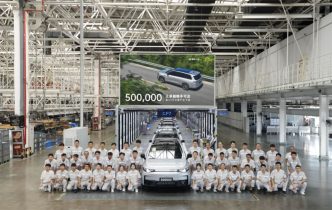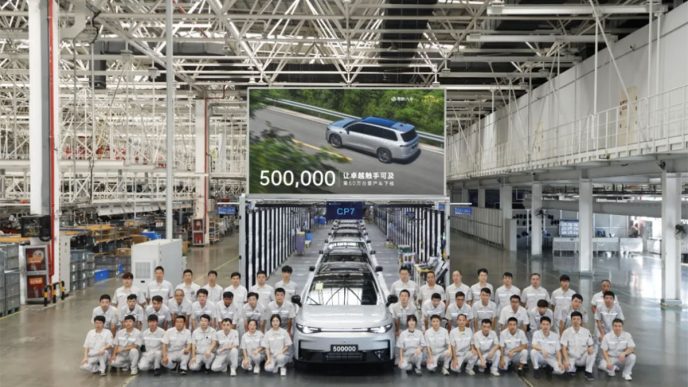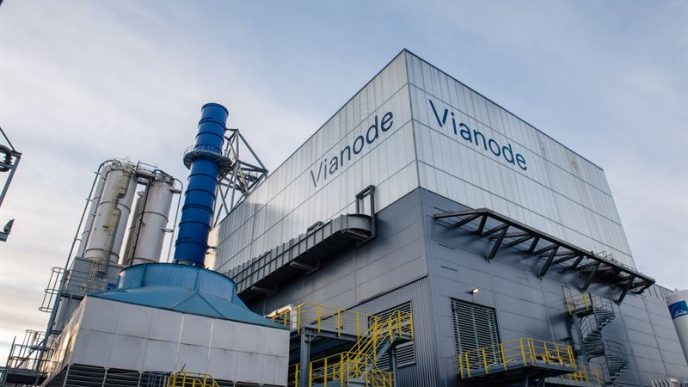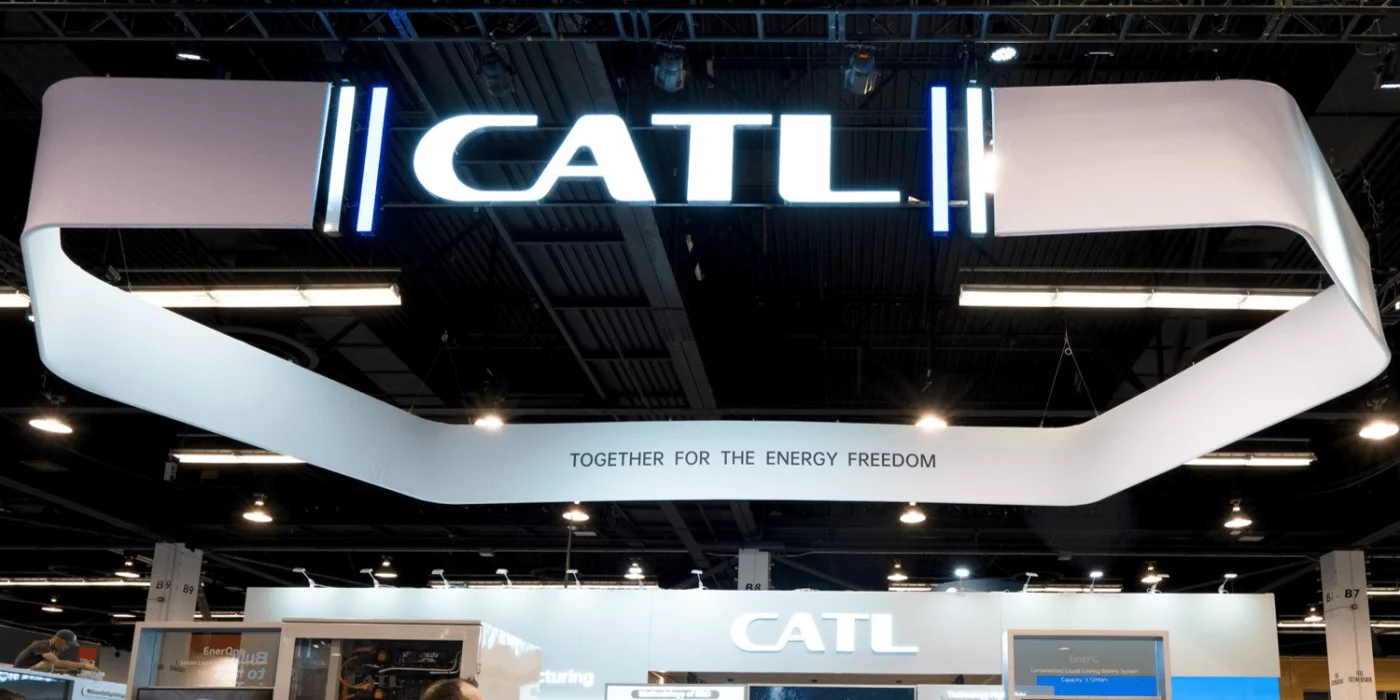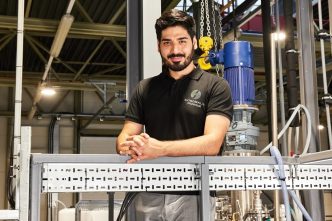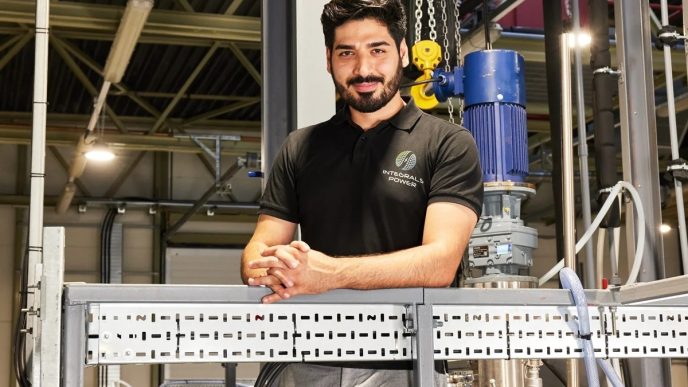Apple and Chinese automaker BYD collaborated in secret to develop long-range electric vehicle (EV) batteries before Apple abandoned its car project earlier this year, according to a Bloomberg report.
The two companies began working together around 2017, focusing on lithium iron phosphate (LFP) cells, a safer and more durable battery technology than the standard EV batteries of the time.
While Apple does not own any of the technology currently used in BYD’s blade batteries, the collaboration showcased the tech giant’s efforts to create its own vehicle. “The concept for the Blade battery originated with BYD engineers, who independently developed this LFP Blade battery,” BYD stated in response to Bloomberg, further noting, “BYD holds complete property rights and patent rights for the Blade battery.”
The joint project was highly customized, with Apple contributing expertise in advanced battery pack design and thermal management, while BYD focused on manufacturing techniques using LFP cells. Although the collaboration laid the groundwork for BYD’s battery advancements, Apple eventually pulled away from the partnership. According to Bloomberg, Apple later explored systems from other battery makers as its EV project faced delays and mounting challenges.
Despite Apple stepping back, BYD has emerged as a leader in the new energy vehicle market, becoming the world’s largest NEV manufacturer in 2023, selling over 3 million units, including plug-in hybrid and battery-electric vehicles, a 62.30% increase year-on-year.



